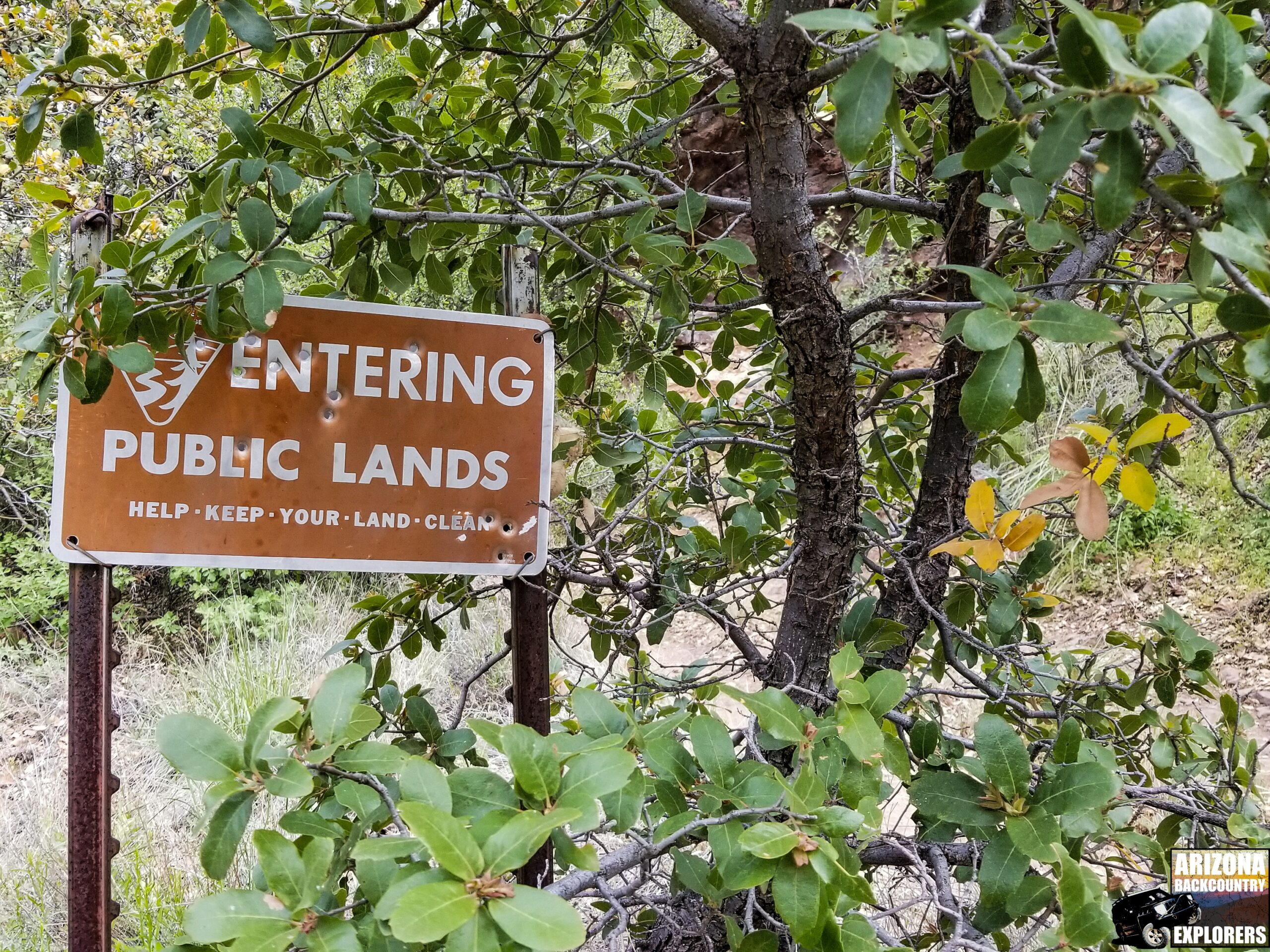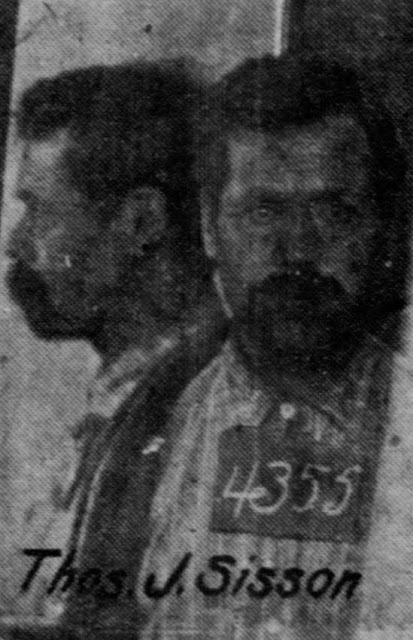Your cart is currently empty!
Posted in
A short history of The Powers family ranch and Rattlesnake Canyon
The gold claims in Rattlesnake Canyon were first staked by a man known as Black Jack Gardner. BlackJack discovered the gold by accident rather than scientific discovery. While prospecting in the Galiuro Mountains, he killed a steer and camped out at the top of Rattlesnake Canyon. Two days later, he noticed some cowboys coming his way. He grabbed as much meat as he could and took off into the canyon.
Black Jack found a good hiding spot near a natural dike. The next morning, he decided to examine the embankment and discovered one gold stringer after another. He spent two days dressing and exposing the gold to prepare it for assaying. Black Jack took samples of his find to Tucson, where he met with Francis Hartman and Col. Randolph. They agreed to finance his operation, and $50,000 was invested. The ranch and gold claims were later abandoned, and a caretaker took over the property.

Jeff Powers later purchased the ranch and gold claims from a caretaker after Black Jack Gardner abandoned it. The Powers boys made many improvements to the place, including a new tunnel at the mine and a stamp Mill which is still there today. Many buildings were built, including a cabin. The men made a wagon by hollowing the middle of a large tree and using slices of the tree trunk as wheels.
The Powers family faced many hardships that took the lives of all the women in the family. In a tragic accident, Jeff Powers’ wife was killed by a runaway wagon, which crashed and threw her from the carriage. Later, a cabin collapsed, causing the death of Jeff’s mother. Jeff’s daughter, Ola Powers, also died after being assaulted and strangled by an unknown attacker at the ranch. And Rattlesnake Canyon quickly earned its name from a den of rattlesnakes that took the lives of many of the Powers family cattle, which were brought from their ranch in Klondike.
Wanted for the crime of “being a slacker.”
On February 10th, 1918, US Deputy Marshal Frank Haynes, Graham County Sheriff Frank McBride, Deputy Mark Kempton, and Deputy Kane Wooten went to the Powers place with a warrant for the Powers brothers for draft evasion and questions concerning mysterious circumstances surrounding the death to their sister Ola Powers.
The officers reached the cabin near the mine. Jeff, Tom, and John Powers, and a family friend, Tom Sissons, were inside the cabin. Sheriff McBride and his deputies took a position in front of the cabin while Deputy Marshal Haynes went to the rear. Jeff stepped outside and closed the door behind him. With a rifle in hand, he ordered the officers to put their hands up. Seconds later, one of the boys bursts through the door and started firing, killing Sheriff McBride and his deputies. In total, 80 shots were fired.
Old man Powers dropped to the ground, shot through the shoulder just inches from his heart. The Powers brothers and Tom Sissons took the guns and ammunition from the dead officers, mounted the officers’ horses, and headed down Rattlesnake Canyon.
About a mile down the canyon, they stopped at John Murdock’s Ranch and saw Murdock’s son, father, and a man named Henry Allen. They told the group about the gunfight, and they were heading in the direction of Reddington along the San Pedro River. Henry Allen and a man named Murde were sent to help Jeff, who was found unconscious but still alive. They put him on a cot inside the mineshaft and immediately set out for Safford to alert the authorities. Once Allan and Murde arrived in Safford and reported the news, a posse was quickly organized to recover the fallen officers’ bodies and capture the outlaws. Old man Powers eventually died later that afternoon.
A colossal posse that stretched from Clifton to Mexico
Over 1000 men gathered from all over southeastern Arizona to capture the outlaws. Ranchers, miners, lawmen, and US and Mexico troops, as well as Apache trackers, stayed close on their trail. Tracking every step they made, they eventually caught up with the outlaws and surrounded them at Cochise Stronghold. Come nightfall, the outlaws made a break for it.
The Powers boys and Sisson rode all night to the Dragoon Mountains and then to the Chiricahua Mountains, where Sheriff Harry C. Wheeler of Cochise County and Sheriff Rye Miles of Pima County picked up their trail. They ditched their victims’ horses near Rock Creek Canyon and Turkey Creek. In the meantime, Colonel Augustine Camou, Sonoran Commander of the military forces, sent Mexican troops to guard the border.

“Tired and weary, unshaven and hungry, gaunt eyes from loss of sleep, but armed to the guards with enough artillery to capture and police Mexico. 100s of men from Bisbee, Douglas, Tombstone, New Mexico, and from Graham, Pinal and Pima counties are doing their best to capture the murderers and slackers.”
Bisbee Daily Review- February 19, 1918
The outlaws continued to a small town called Rodeo, just about a mile over the New Mexico line, where the Powers boys previously owned a ranch. From there, they traveled south to Skeleton Canyon, where Sissons already owned a farm, and then finally into Mexico.
Unable to find water south of the border, they turned back to the vicinity of Hachita. Soon after, they were spotted by six soldiers approaching from the flank. Believing that a larger group might be approaching from the other side, they decided to surrender without a fight.
Sheriff Stewart of Graham County was notified of the capture and immediately retrieved them by automobile. They were taken to Bisbee and locked in the county jail to await trial for the murders. Later, a change of venue was granted, and the trial moved to Greenlee County in Clifton, and the prisoners were transferred there. The jury unanimously agreed to natural life in prison.
Aftermath
Weeks later, another brother, Charles Powers, arrived to take over the family’s ranch and immediately started negotiations to sell the place. After a publication in the Copper Era newspaper describing the beginning of negotiations, a lawsuit was filed. The three wives of the fallen Sheriff and deputies filed a civil suit for $120,000 and the Powers gold claim. The judgment was awarded in their favor, and they took ownership of the Powers family ranch.
It was later discovered that the Powers brothers skipped the draft because the rich gold deposit required the help of the entire Powers clan, and they knew their father couldn’t do it alone. They were incredible marksmen and knew that only their rifles protected them from looters trying to take their riches. The officers never announced they were officers of the law and were immediately accepted as a threat.
As for Sisson, he was already on parole for stealing cattle from an Indian. He lost his left eye in the gunfight and later had it removed. Deputy Marshal Frank Haynes was never involved in the gunfight and escaped with no injuries. All accounts of the story suggest he hid in the mountains and rode to Klondike for help.
Sheriff Harry C. Wheeler was later commissioned as a captain in the United States Army and was assigned to Arizona’s 308th Cavalry Regiment. He was highly praised for his accomplishments during the manhunt.

The Powers Children.
Left Ola Powers, Center Tom Powers,
Right John Powers
You may also like…

Visit the AZBackroads.com Store

Please Become A Member
We need your help to keep our backroads open. Please join today!






